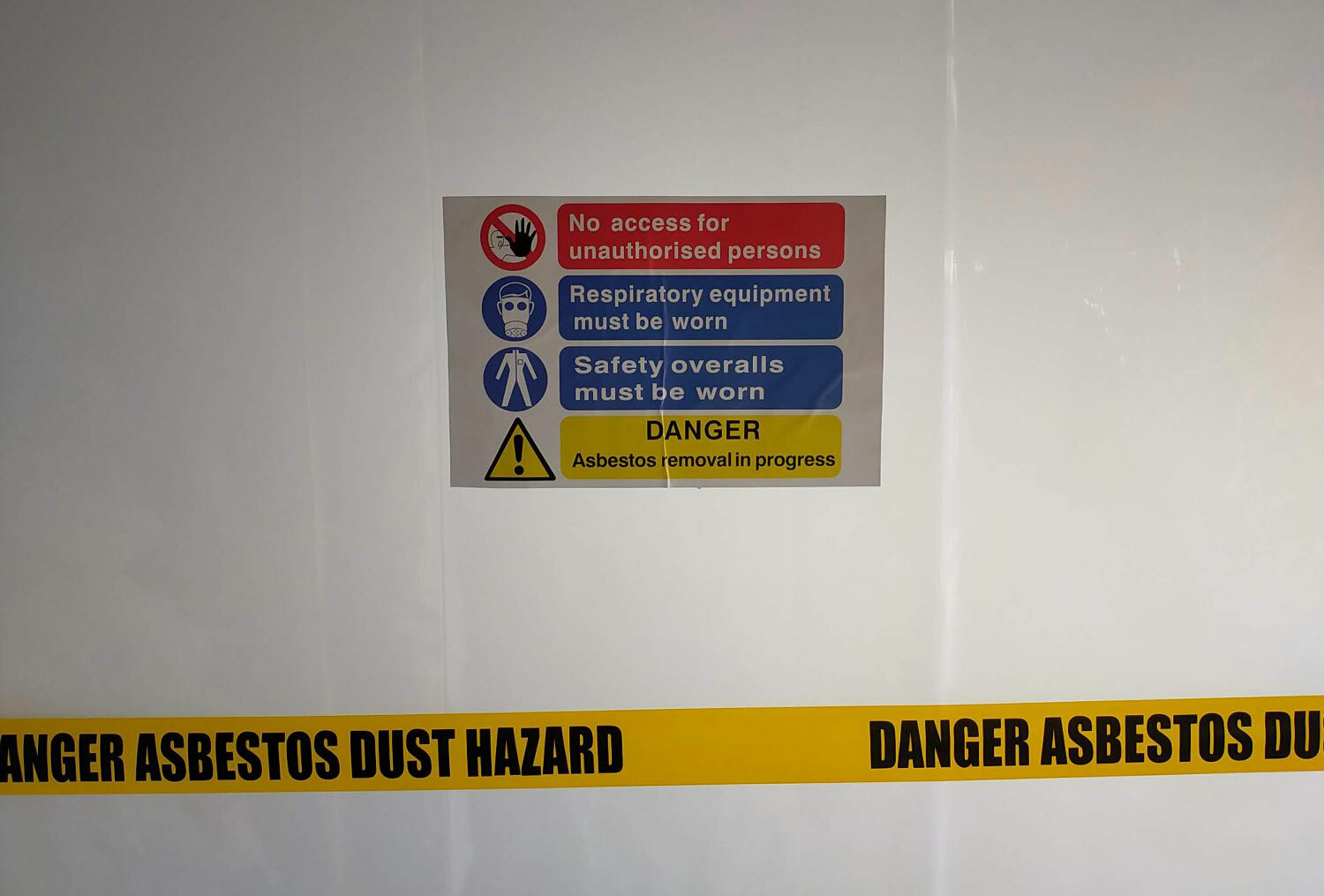
The majority of homes, and most buildings for that matter, built between the 1950’s to the 2000’s in New Zealand do contain asbestos materials. So chances are you will come across asbestos materials in a property you live or work in. However, this doesn’t necessarily mean that your health is in danger. There are a number of considerations to make when dealing with the asbestos materials around you.
Asbestos materials can be classified into two categories based on the friability of the materials. In asbestos terms, friability means how easy it is to reduce the asbestos material into a dust or a powder. When asbestos materials are in a dust or a powder form, the asbestos fibres are more readily released into the atmosphere and inhaled much more easily. Inhaling asbestos fibres causes significant health effects and can be fatal.
The two classifications are:
Class A - this is the term used in the industry to describe friable asbestos materials. These materials are the most dangerous because they are not bonded and, as we mentioned earlier, can more easily become airborne.
Class B - this refers to non-friable asbestos materials. Although still considered dangerous to human health, they are less likely to release asbestos fibres into the atmosphere. The materials are usually in a bonded matrix such as within a cement form.
As described above, asbestos materials become a danger to human health when their fibres become airborne and are inhaled. When the fibres are inhaled, they become lodged in the airways and lungs, and the body’s natural defences are unable to remove them. From here, tumours can grow and become cancerous.
Asbestos materials that are in a good condition with no signs of damage are generally unlikely to release fibres into the environment.
However, when they are damaged or showing signs of deterioration, the likelihood of fibre release can increase significantly. This is when the asbestos materials can become problematic.
Asbestos materials that are unlikely to be disturbed and remain in a good condition are usually perfectly safe. Because of this, the location of the asbestos material and how likely the material can be damaged must be considered. For example, low level external materials such as fences, house baseboards or garden sheds are more likely to be distrubed by children playing in the garden than materials tucked away in a roof space or subfloor. Simply, asbestos materials that are within reach and easily accessible are more likely to be damaged accidently.
If you are in any doubt about a material or have doubts about its condition, call a licensed asbestos assessor to inspect the material. It isn’t expensive and it will give you peace of mind.